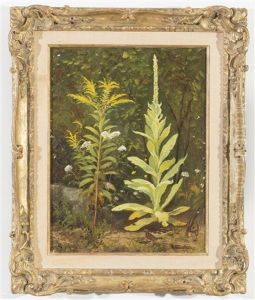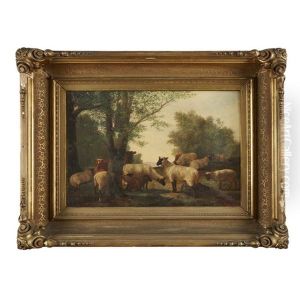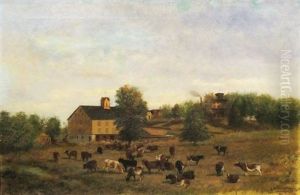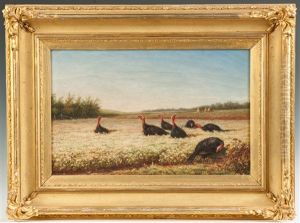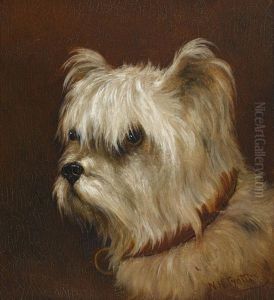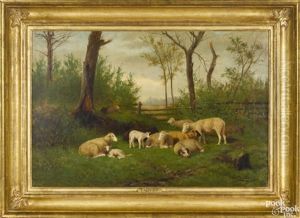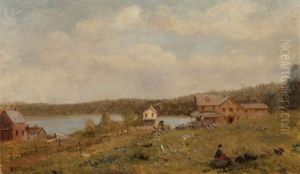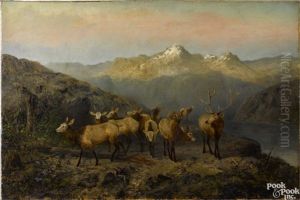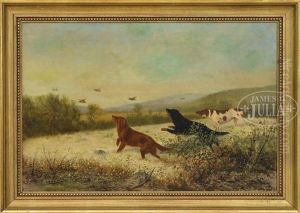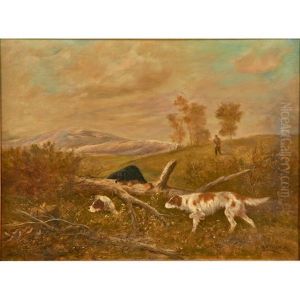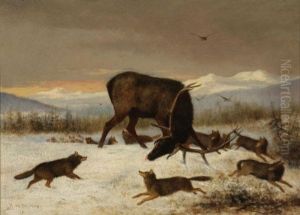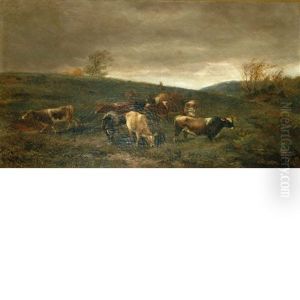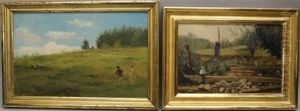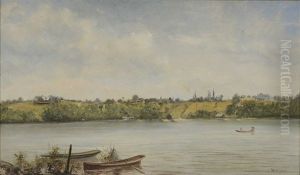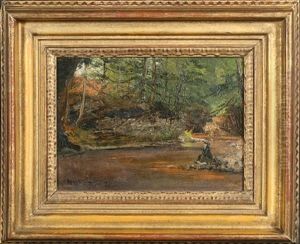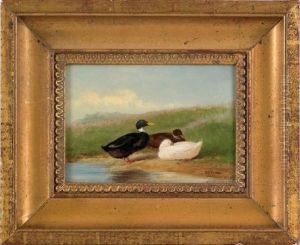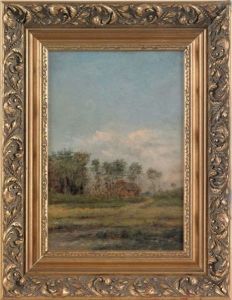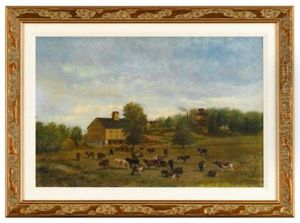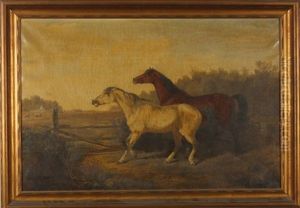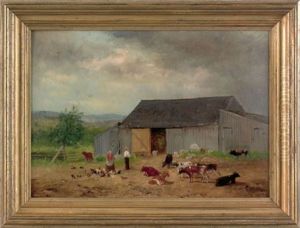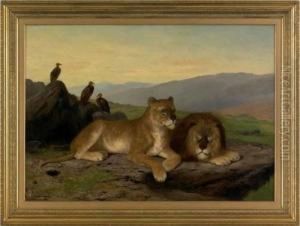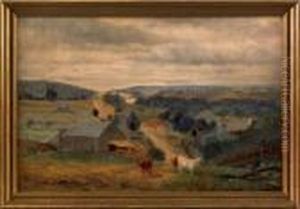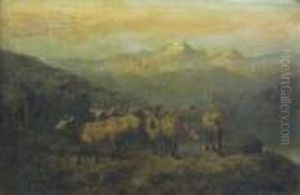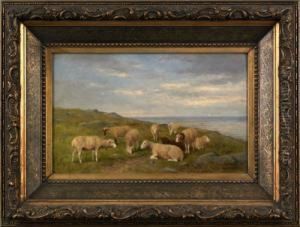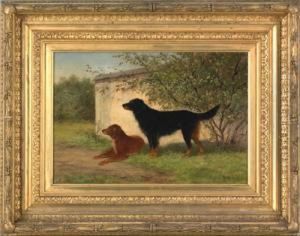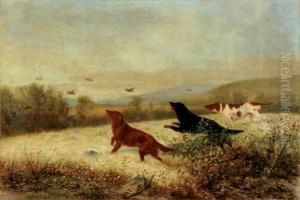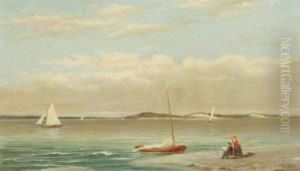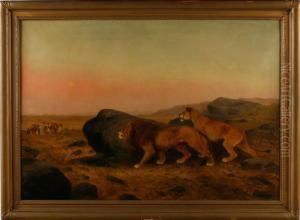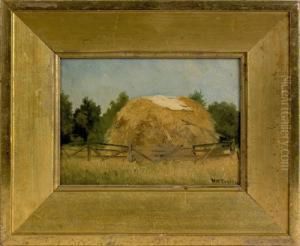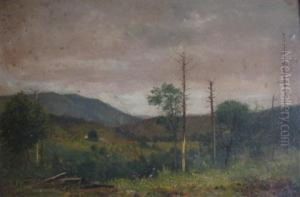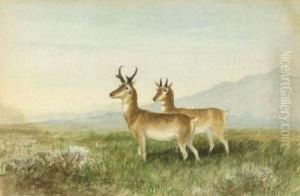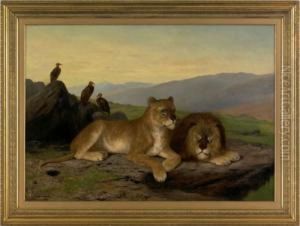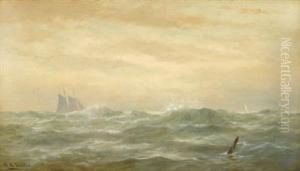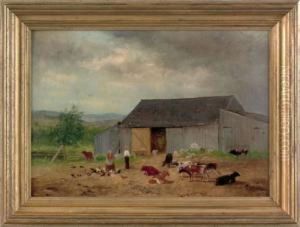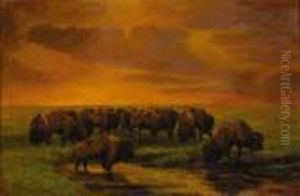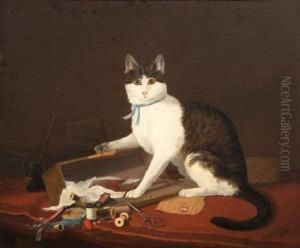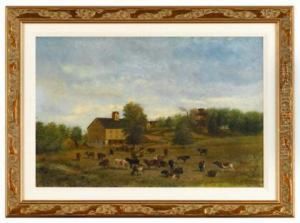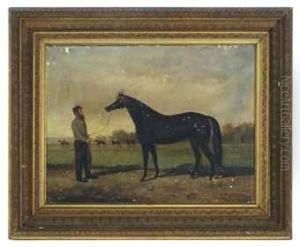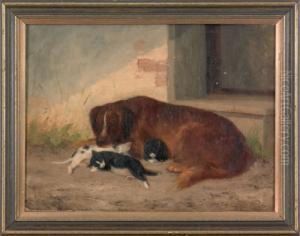Newbold Hough Trotter Paintings
Newbold Hough Trotter was an American painter known for his pastoral and landscape paintings. Born on December 31, 1827, in Philadelphia, Pennsylvania, Trotter was part of a family that valued the arts and encouraged his artistic pursuits from a young age. He developed an interest in the natural world, which would heavily influence his choice of subjects throughout his career.
Trotter studied under the prominent landscape artist Paul Weber from 1850 to 1853, which helped him refine his technique and foster an appreciation for the intricacies of landscape art. Trotter's style was characterized by an attention to detail and a serene, harmonious quality that reflected the tranquil beauty of the American countryside.
His work often depicted the rural settings around Pennsylvania, New Jersey, and the Delaware Valley, regions that offered a wealth of natural inspiration. Trotter exhibited his work at various institutions, including the Pennsylvania Academy of the Fine Arts, of which he became an associate member in 1860. His paintings were well received, and he garnered a reputation for his skillful depiction of natural landscapes.
Throughout his career, Trotter remained primarily in the Philadelphia area, where he continued to paint and contribute to the local art scene. He passed away on May 5, 1898, leaving behind a legacy of work that captured the pastoral beauty of 19th-century America. Trotter's paintings are now part of several collections, offering a window into the serene landscapes that defined his oeuvre and the artistic trends of his time.
